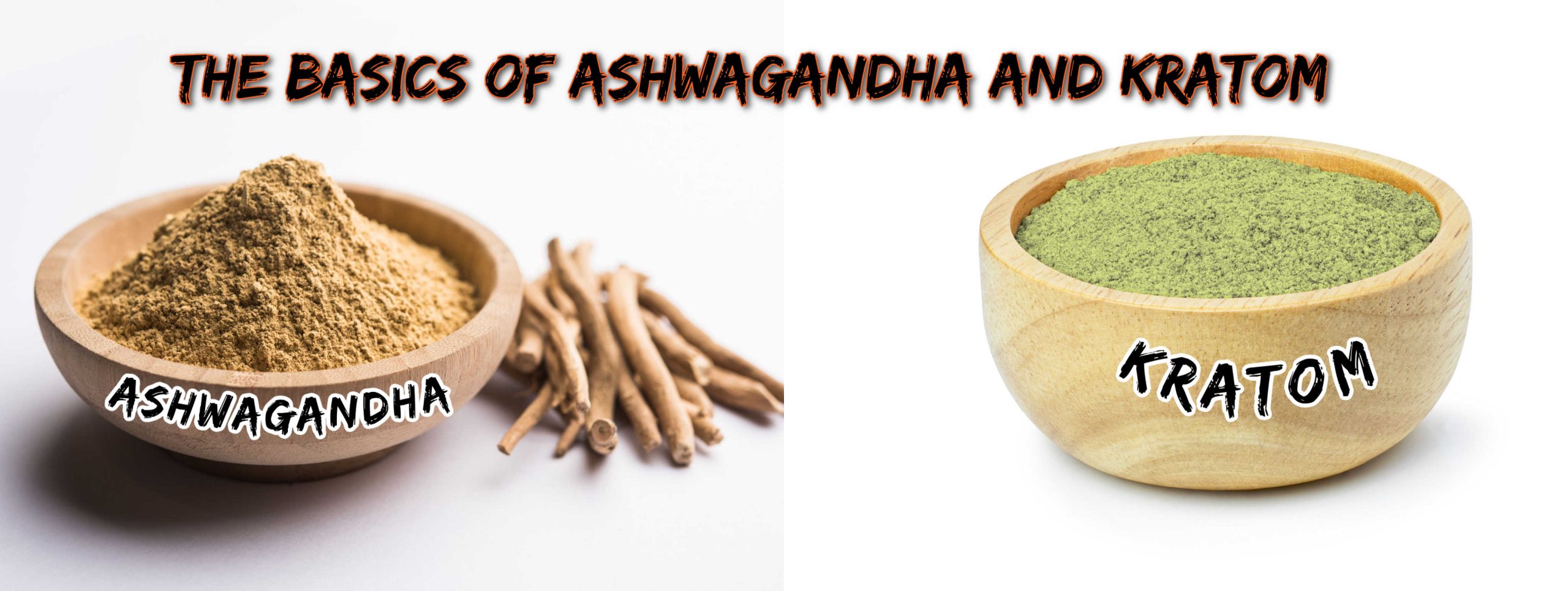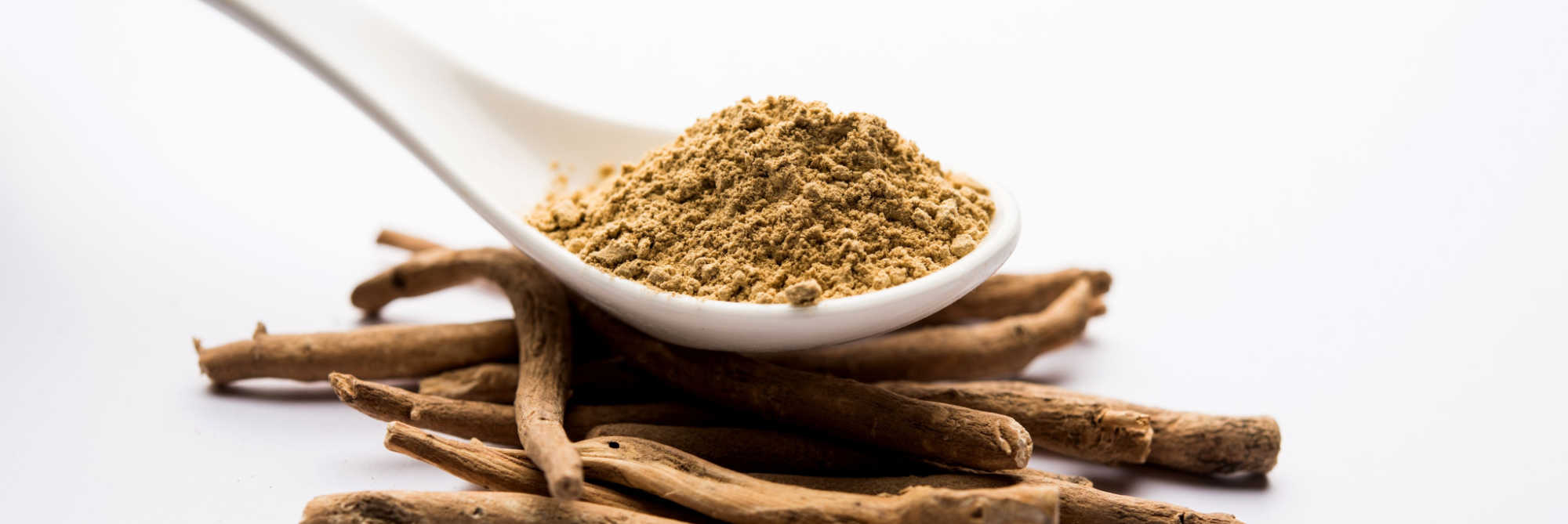Kratom often draws comparisons to other botanical products, which makes sense. Part of people’s fascination with kratom is that it grows naturally and has a long history of cultivation. Many other plants hold similar space in their respective regions, including ashwagandha.
Beyond comparing botanical plants, kratom enthusiasts also like to see if the two can work in tandem with one another. You have likely read articles about how kratom works with coffee, CBD, or other botanical products. This article is going to compare and contrast kratom with ashwagandha and talk about how they work in tandem.
The Basics of Ashwagandha and Kratom
Withania somnifera is the scientific name for ashwagandha. It is native to North Africa and parts of India, where it was used as an Ayurvedic ritualistic plant. It has centuries of historical use, much like kratom.
Kratom is from the tropical Southeast Pacific, a slightly more humid and warmer climate than the ashwagandha. Ashwagandha is also used for its roots, whereas people chew on kratom leaves. Both plants impart similar effects on people via alkaloids.
Ashwagandha contains chemicals like isopelletierine, anaferine, cuseohygrine, and anahygrine. These all have the suffix “-ine,” typical of nitrogen-bearing alkaloids. Caffeine is another famous alkaloid, as is cocaine and nicotine. In kratom, the most prominent alkaloids are mitragynine and 7-hydroxymitragynine.

Both kratom and ashwagandha are thought to ease stress. You might also find, depending on the strain, that the two substances are useful for boosting focus and mental stamina. Because the effects are synergistic, people often like to mix kratom leaves and ashwagandha root.
The two can have complementary flavors along with complementary effects. Be sure to consider all the possible outcomes of mixing kratom and ashwagandha. As with either individual, taking things slow is the best approach.
Things to Consider Before Using Ashwagandha and Kratom Together
As mentioned, you want to start slow when mixing kratom and ashwagandha. The reason for this is that they both affect everyone differently. You do not want to take someone else’s advice on dose only to find out that they had a much higher tolerance to the plants’ substances.
You might also take advice from someone who has a lower tolerance than you and end up disappointed that the mix of kratom and ashwagandha is underwhelming.
That said, there are also no scientific studies on mixing ashwagandha and kratom. You want to take frequent breaks between using. If there are adverse side effects to the long-term use of ashwagandha and kratom, you do not want to be the person who finds out. Overall, both are safe products in moderation and work well together if you are smart about your usage.
How To Mix Ashwagandha and Kratom

Mixing ashwagandha and kratom can be an exciting process. First, you want to start by finding ashwagandha root and kratom that you enjoy. If you are looking for more relaxing effects, go with red vein kratom.
More uplifting and focus-enhancing properties come with white vein kratom. If you start by taking kratom and ashwagandha separately, you can develop a better intuition for how they interact.
When you are ready to start mixing them, start small. You can even dial back your regular amount for either. (https://www.cosmopolitanme.com) That is, you could start with half your typical dose of kratom and half your typical dose of ashwagandha.
You must discover the right amounts for mixing yourself, and there are many videos and guides throughout the Internet to help you with this process. As mentioned, everyone has a different tolerance to botanical products.
When you first use kratom and ashwagandha, pay attention to how you respond. You should be feeling a more enhanced kratom experience. If it is lackluster or uncomfortable, it might not be for you. Don’t worry, though; there are still many kratom potentiators you can try. Some kratom users even swear by mixing it with grapefruit juice. The juice will definitely do a better job of masking kratom’s flavor.
Kratom leaves and ashwagandha root can both be prepared by brewing in boiling water for five minutes. Thus, you can brew them together. Once brewed, you can strain and discard the plant material. This tea might be bitter in taste, so flavor it with sugar, lemon, or milk to mask the bitterness of the herbal ingredients.
A faster method is called the wash-and-toss method. This is more like taking a pill. You simply place the herbs in your mouth. You gulp a large amount of water to carry the dried herbs.
Ashwagandha and Kratom Effects

Within an hour, you should feel a bit more relaxed and uplifted. If you went with a white vein kratom, you might also notice a boost in focus. If you notice any negative side effects, like nausea or drowsiness, you likely took too high a dose.
You will want to dial it back next time. If you consistently feel uncomfortable when mixing kratom and ashwagandha, then it is likely time to try a different botanical.
By swapping out kratom strains and taking breaks between use, you will minimize the risk of long-term side effects. You will also develop a lower tolerance, so your body can get more out of using less. Some kratom users also claim that your kratom tolerance lowers when mixing with ashwagandha, so you may want to use a lower dose when switching back to plain kratom.
Ashwagandha and Kratom History and Biology
Ashwagandha and kratom come from neighboring regions and both have a long history of use by humans. Whether or not there is science supporting their use, there are countless stories to back up their safe use. Because ashwagandha and kratom are both teas with similar effects, it seems like a no-brainer to mix them.
Ashwagandha is part of the nightshade family. Famous nightshades include tomatoes, eggplant, and tobacco. Ashwagandha actually has nicotine in it, as do tomatoes and eggplant. It occurs in trace amounts all nightshades. Kratom, conversely, belongs to the Rubiaceae family.
This family also contains coffee, though its members do not all contain caffeine. Caffeine evolved separately throughout the plant world and is found in tea, cacao, and coffee.
Ashwagandha comes from parts of India and North Africa. Its home range is more temperate than the tropical home of kratom. Kratom is native to countries like Thailand, Indonesia, and Vietnam. Like coffee, it is an evergreen tropical tree.
Ashwagandha’s main use was as part of traditional Ayurveda, a medicinal practice in Indian cultures. Meanwhile, kratom had different uses throughout its home regions: it occupied roles as medicine, religious sacrament, and social beverage. Ashwagandha also grows in Nepal, Sri Lanka, China, and Yemen. Typically, it is found in the drier temperate parts of these countries.

Ashwagandha and Kratom Risks
Ashwagandha and kratom are both safe botanical products. That said, most things should not be done to excess. With kratom and ashwagandha, you want to take days off between each use.
Rotating strains is also helpful in training your body to handle kratom. Prolonged exposure to high amounts of the alkaloids present in these plants can damage your liver, the organ believed to process the alkaloids.
Some ashwagandha compounds are fat-soluble and will not leave your system for a month. You will not feel the effects, but it is important to note that it is detectable in your blood for up to a month after use. Most compounds in both kratom and ashwagandha are gone within a week.
The Final Word on Ashwagandha and Kratom
Ashwagandha and kratom are both integral parts of human history, especially in the regions they call their native range. Ashwagandha is from India, Nepal, China, and North Africa, while kratom is from Malaysia, Papua New Guinea, and Thailand. Ashwagandha prefers drier climates and kratom likes it hot and humid. Both plants contain alkaloids and nitrogen-bearing chemicals.

Each plant’s alkaloids impart a range of effects, though they are primarily relaxing. Ashwagandha root and kratom leaves are also used to accentuate focus. For both these reasons, many kratom users consider ashwagandha a kratom potentiator. That is, they like to mix the two because of the resultant synergistic effects.
If you are partial to kratom and open to new things, you should consider starting to add a small amount of ashwagandha root powder to your kratom. As with any new thing, start small to be sure you actually enjoy it before committing to larger amounts of the plants.
Kratom and ashwagandha are safe and have centuries of history of use, but it is still smart to take them in moderation. You never know how your body differs from everyone else, so be careful and have fun when mixing ashwagandha and kratom.
